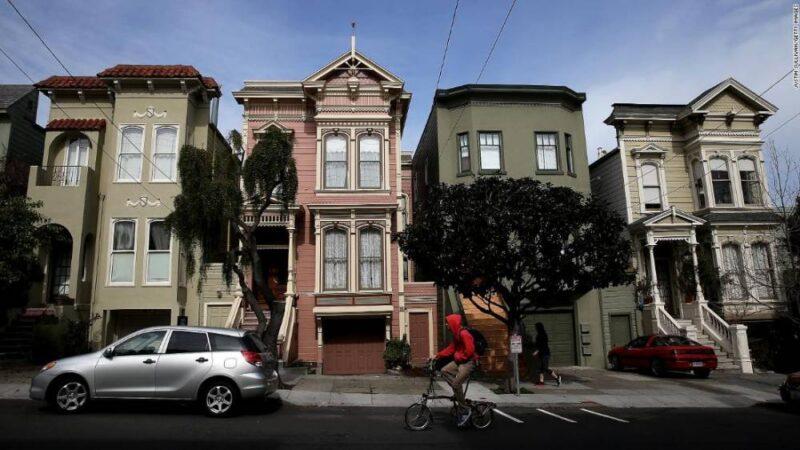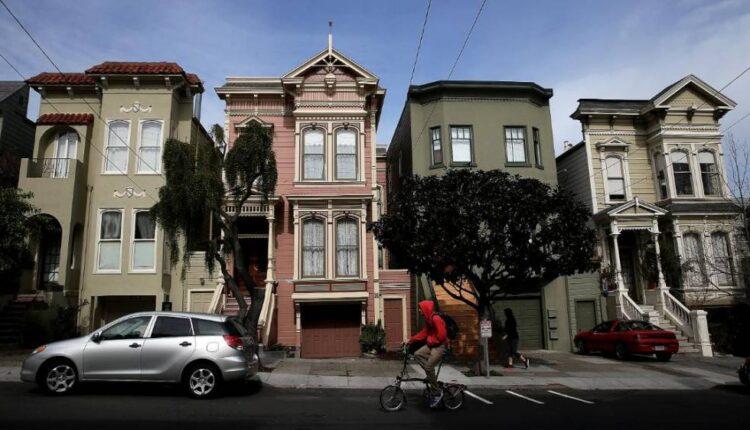It’s not just puppies and sourdough starter. Another thing that spiked during the pandemic: the purchase of vacation homes.
Remote workers who were able to log on from anywhere snapped up homes in vacation areas, sending seasonal home purchases skyrocketing last year.Vacation home sales rose by 16% in 2020 from the year before, outpacing overall growth in existing-home sales last year which was 5.6%, according to a report from the National Association of Realtors. And the trend has continued into this year with sales already up 33% through April over last year.
More from Financial Empowerment
How much house can I afford?
How does inflation affect my standard of living?
How much do I need to save for retirement?
“Vacation homes are a hot commodity at the moment,” said Lawrence Yun, NAR’s chief economist. “With many businesses and employers still extending an option to work remotely to workers, vacation housing and second homes will remain a popular choice among buyers.”
While the pandemic all but shut down home sales in March and April of last year, the market made a sharp rebound in the second half of 2020, making it the hottest year for real estate since 2006. But the market was even hotter in counties considered second-home destinations, according to the report.Read MoreThe top 10 vacation counties were concentrated in a few states, including Florida, Maryland, Massachusetts, Michigan and North Carolina, last year. The hottest vacation home county was Lee County, Florida, where Cape Coral and Fort Myers are located. In 2020, home sales rose 10% there and properties sold 45 days faster than in 2019. Many homes are in a mid-price range there, but increased last year with the median sale price up 12% to $247,000.The top vacation home counties also included some expensive established second home communities, like Martha’s Vineyard in Massachusetts, where home sales rose 14% last year with the median sales price jumping 64% to $1.4 million. Still, it’s only the second most expensive vacation home county, after nearby Nantucket where the median price is $2.3 million, up 42% from last year.

Should I rent or buy a home?But not all vacation regions were brimming with million-dollar second homes. Also near the top were two mountain areas in North Carolina — Alleghany and Swain — which saw home sales increase significantly, up 248% in Alleghany County in the Blue Ridge Mountains and up 141% in Swain, where the Great Smoky Mountains National Park is a draw. Both counties have median prices under $250,000.The strongest sales growth was in the South Atlantic region — including Delaware, Maryland, Virginia, West Virginia, North Carolina, South Carolina, Georgia, Florida and the District of Columbia — where home sales were up nearly 31% in the vacation home counties there.Only the Middle Atlantic region, including New York, New Jersey and Pennsylvania, had more people leaving than arriving in both vacation and non-vacation home counties.Roughly 10% of all US counties are considered vacation counties based on US Census Bureau’s estimates, or 323 out of 3,143 counties, including some independent cities. NAR classified a county as a vacation home county if the vacant housing for seasonal, occasion or recreational use accounted for at least 20% of the housing stock.

The housing market is so hot buyers are paying $1 million over asking priceLooking at the 145 counties for which NAR had market data, researchers evaluated vacation home counties based on the sales growth, price growth, change in days a listing is on the market and the increase in seasonal homes from 2019.Prices in vacation home counties rose at a faster pace than in non-vacation home counties in 2020, largely because of the low inventory and strong demand. The median existing home sales price typically rose by 14% in vacation home counties, compared to 10% in non-vacation home counties last year.But apparently buyers were prepared — with cash. People buying vacation homes were more likely to pay cash. While all-cash sales are increasing throughout the residential market, over half of all seasonal purchases this year though April were all cash, compared to 22% of all existing home sales over the same period.
“Realtors all over the country have indicated that buyers in a position to pay in all cash are doing just that,” said Yun. “From a seller’s perspective, paying in this manner makes for a much more attractive offer given the strong demand right now for vacation homes.”These markets still tend to be incredibly competitive amid record low inventory nationally. As of April, the inventory of available homes was down 21% from a year ago, which is equivalent to just 2.2 months of supply given the monthly pace of demand. A balanced market needs six months of supply.
Source: edition.cnn.com

